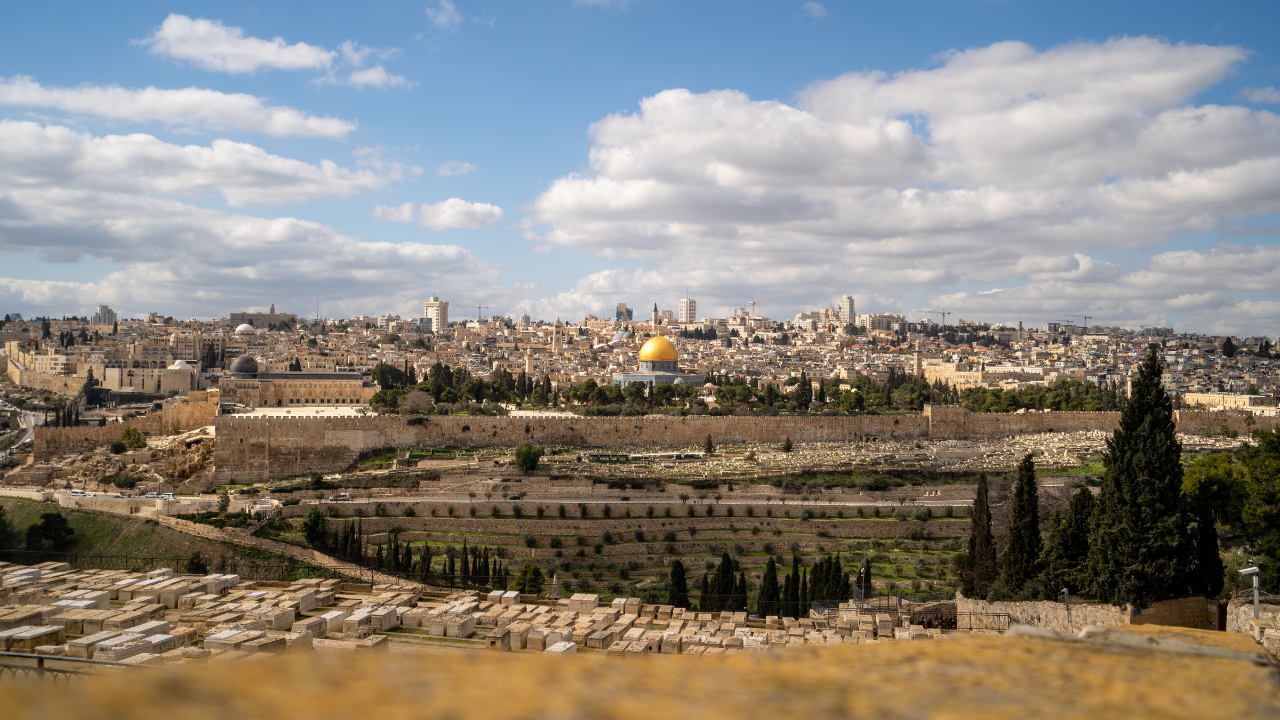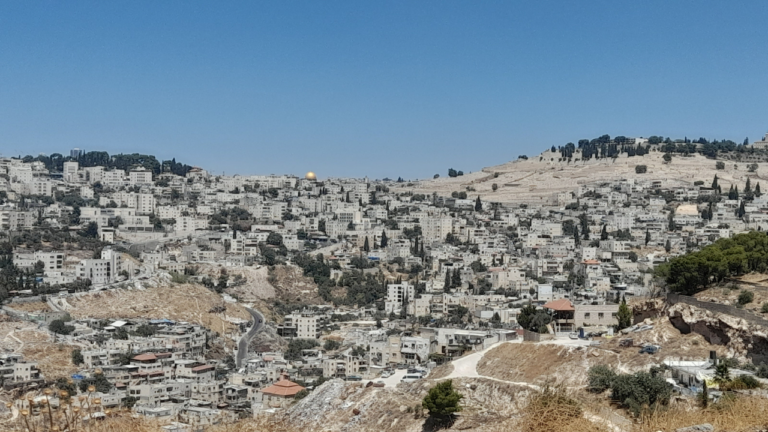Ten Plagues in Egypt and Ten Miracles in Jerusalem
The fifth chapter in Masekhet Avot delineates many examples of groupings of ten throughout history. Hashem created the world with ten utterances. Avraham Avinu was tested ten times. The Mishna notes that Avraham’s ten successes reflected his undying love for HaKadosh Barukh Hu. Additionally, there were ten plagues brought upon the Egyptians. Concomitant with these ten afflictions of the Egyptian people, Hashem also wrought ten miracles to protect us from these plagues (see Rabbeinu Yona to 5:4). In the same way that Avraham’s love for God was only fully captured after ten full expressions of his loyalty, Klal Yisrael’s status as God’s beloved firstborn child was only revealed after ten miraculous interventions on their behalf. Each nature-bending plague, with its supernatural avoidance of the Jewish people, was another testament to their unique exalted status in the eyes of their Father in heaven.
Not coincidentally, the Mishna also describes ten miracles that occurred for the Jews in Jerusalem and the Beit HaMikdash. Among these miracles was the supernatural freshness of the sacrificial meat, the lack of flies in the part of the courtyard dedicated to slaughtering, and the feeling of expansiveness for every individual Jew even as the holiday throngs ascended to Jerusalem.
As many commentators note, this group of ten is highly interconnected with the ten utterances of creation, the ten plagues, and the Aseret Hadibrot at Har Sinai (see Markevet HaMishnah 5:5). The ten miracles of Jerusalem are the culmination of the entire narrative of creation, the exodus from Egypt, and the giving of the Torah. The ultimate epicenter of creation is the Har HaBayit, which is why all of humanity will always be obsessed with it. The purpose of our physical world’s creation can only be achieved when Hashem’s presence resides palpably in this place.
The loving relationship formed between Klal Yisrael and Hashem only begins with Yetziat Mitzrayim. The makkot, ten expressions of love, mark the onset of Klal Yisrael’s march towards their destiny. After leaving Mitzrayim, Bnei Yisrael accepted the Torah at Har Sinai. Kabbalas HaTorah is compared to a wedding ceremony, in which we were happily married to God through accepting the terms of His “marriage contract”, the Torah. Hazal compare the Luhot to a Ketubah delineating the mutual responsibilities each party has in a marital relationship.
But there was still no permanent home for this beautiful marriage. Even after the mishkan was built, our relationship lacked the permanence brought about by our return to Jerusalem. Hashem already informed Moshe in the beginning of our parsha that the redemptive process will only end when Hashem brings us to Eretz Yisrael, v’heiveiti ethem el ha’aretz (Shemot 6:8). And as Bnei Yisrael celebrate their freedom after Kriyat Yam Suf in the song of Az Yashir, they hopefully yearn for the eventual day in which Hashem will take us to the holy mountain and establish His holy abode among us, then leading to the recognition of Hashem as King over creation for all of eternity (Shemot 15:17-18).
Hashem’s return to Jerusalem is the final piece of the puzzle that will bring completion to this seemingly chaotic world. Without Hashem’s full return to Jerusalem, the purpose of creation isn’t clear to anyone. And without witnessing the ten miracles of Jerusalem, it is impossible for a Jew to comprehend the love which Hashem has for him. Our relationship lacks gravity and sense of permanence.
May Hashem punish our enemies tenfold and deliver us, restoring his miracles for us in Jerusalem speedily in our days.



